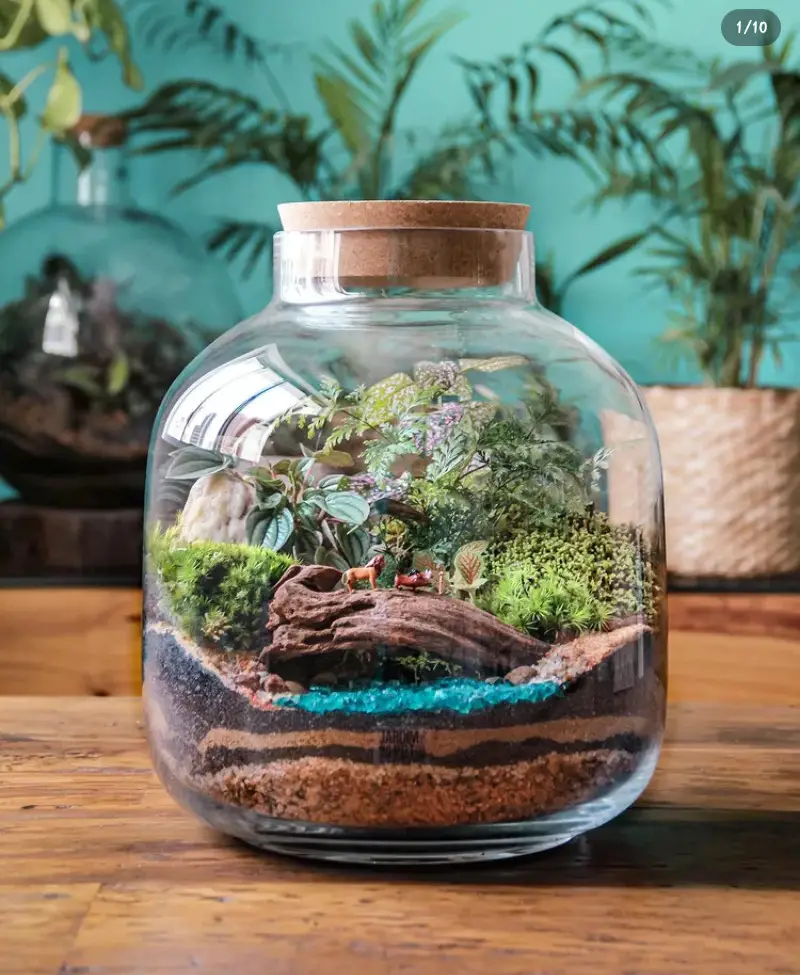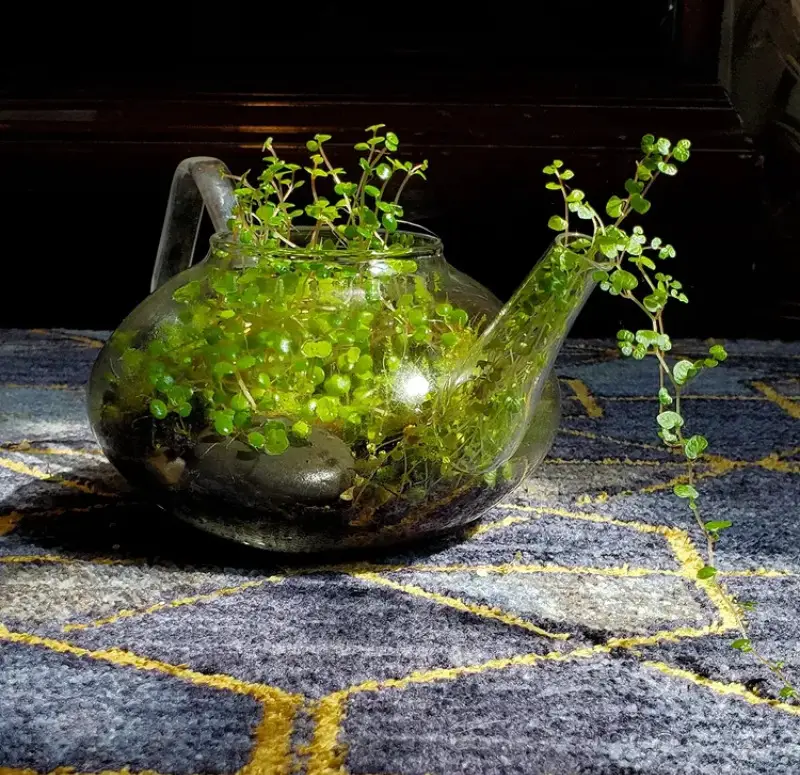
Are you looking to bring a piece of nature into your home? Have you considered creating your very own terrarium? Terrariums are small-scale ecosystems that not only add a touch of greenery to your space but also provide a sense of tranquility and beauty. In this blog post, we will explore the wonderful world of terrariums and how you can create a stunning one yourself.
What is a terrarium?
A terrarium is a miniaturized version of a garden, typically enclosed within a transparent container. The term “terrarium” comes from the Latin words “terra,” meaning earth, and “-arium,” indicating a place for something. These self-sustaining ecosystems consist of plants, rocks, soil, and sometimes other natural elements, creating a little world of its own.
Why should you have a terrarium?
- Easy to care for: Terrariums are incredibly low-maintenance and require minimal attention. The enclosed environment allows them to maintain their moisture levels, reducing the need for constant watering.
- Aesthetically pleasing: Terrariums can add a pop of green to any space, whether it’s a small apartment or a large office. Their unique design and the variety of plants you can choose from allow for endless creativity and customization.
- Endless Design Possibilities: Terrariums offer endless design possibilities, allowing you to create a unique and personalized indoor landscape. You can choose from various shapes and sizes of containers, such as glass jars, fish tanks, or bulb-shaped containers. Additionally, you can mix and match different types of plants, such as ferns, mosses, succulents, or cacti, to create the desired look and atmosphere.
- Health benefits: Surrounding yourself with nature has been proven to reduce stress levels, increase productivity, and improve overall well-being. Having a terrarium close by allows you to reap these benefits in even the smallest of spaces.
- Educational and Engaging: If you have children or enjoy learning about nature, a terrarium can be a fantastic educational tool. Watching the plants grow, observing the water cycle, and learning about the ecosystem can spark curiosity and provide valuable lessons about the environment. Terrariums allow us to reconnect with nature on a miniature scale, promoting environmental awareness and giving us a hands-on experience with plant life.

How to create a terrarium:
Select a container:
Start by choosing a container that suits your style. From glass jars and fish tanks to hanging orbs and vintage teacups, the possibilities are endless. Ensure that the container has proper drainage or add a layer of stones at the bottom to avoid waterlogging.
Choose the right plants:
Opt for small plants that thrive in a humid environment and require similar care conditions. Some popular choices include moss, ferns, succulents, and air plants. Research their specific needs and choose plants that complement each other both visually and environmentally.

Create a base layer:
Begin by adding a layer of activated charcoal to prevent the growth of mold or fungi. Cover it with a thin layer of horticultural charcoal to absorb excess moisture and prevent odors. Follow this by adding a layer of well-draining potting mix suitable for your chosen plants.
Arrange your plants:
Carefully place your plants in the terrarium, considering their size, growth habits, and colors. Use a small gardening tool or a spoon to dig into the soil and create space for the roots. Ensure that each plant has enough room to grow without overcrowding the container.
Add decorative elements:
Enhance the visual appeal of your terrarium by incorporating decorative elements like rocks, pebbles, shells, or miniature figurines. These elements add depth and character to your terrarium while replicating the natural habitat.

Maintain your terrarium:
Place your terrarium in a well-lit area away from direct sunlight, as this can create extreme heat and damage the plants. Monitor the moisture levels and water only when the soil feels dry. Prune any dead leaves or overgrown plants to maintain its aesthetic appeal.
Terrariums are not only beautiful decorations; they also provide a glimpse into the wonders of nature in a small, self-contained space. They serve as a reminder of the importance of taking care of our environment and can be a source of relaxation and inspiration.
So why not bring the outdoors inside and create your very own terrarium today? Let your creativity flourish as you design your miniature garden and enjoy the benefits of your own little slice of nature.



Related Posts














